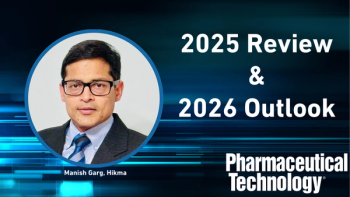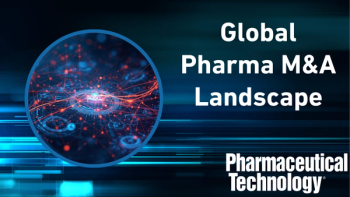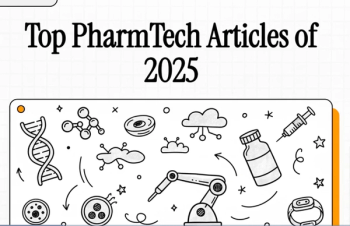
Brand Protection is Possible with a Non-Additive Solution
Pharmaceutical Technology spoke with Steve Tallant, Systech, about the UniSecure solution, which won the 2018 CPhI Excellence in Pharma Award for supply chain, logistics, and distribution.
The winner of the 2018 CPhI Excellence in Pharma Award for supply chain, logistics, and distribution, Systech, discusses the fundamentals of its non-additive brand protection solution.
Protecting the supply chain from counterfeiters has been on the regulatory agenda for some time. As such, the pharmaceutical industry has witnessed the implementation of compliance regulations to help combat the threat of falsified medicines and protect patient safety.
Pharmaceutical Technology spoke with Steve Tallant, director, Product Management and Marketing, Systech, about the UniSecure solution, a non-additive brand protection solution, which won the 2018 CPhI Excellence in Pharma Award for supply chain, logistics, and distribution.
PharmTech: Could you outline the key attributes of the UniSecure solution, specifically highlighting its market differentiators?
Tallant (Systech): The most fundamental attribute of UniSecure is that it is a brand protection solution that is non-additive. It uses the serialized 2D barcode, that is now required on packages through recent regulations, to create a digital e-Fingerprint that can uniquely identify the item.
Serialization was introduced to protect the supply chain from counterfeits entering the market, but in reality it is really a compliance initiative, not a brand protection solution. UniSecure is an all-digital approach that not only enables mobility but also means that emerging technologies like blockchain can be employed, which combines digital identity with authenticated and trusted physical product identity.
Most available authentication solutions are additive. They are also mainly binary, which means they provide a yes or no answer to an authentication request. UniSecure provides binary authentication, but can also deliver numerous other characteristics that may be associated with the product-such as the expiry date, ingredients, lot, recall notices, and usage information.
Additionally, the unique nature of the information that can be provided means it is also possible to present details on the target destination for the medicine, which finds use in fighting supply chain diversion of medicines. Different geographies can have different pricing models for medicines, which can lead to diversion of supplies. UniSecure can help inspectors to determine whether the medicine is in the correct geographical location, and the source of diverted product.
PharmTech: What makes the solution non-duplicable?
Tallant (Systech): Because of the inherent variances of the printing process, including humidity, vibration, line speed, and substrate, there will always be micro-differentiations in the printed output. UniSecure uses these micro-differentiations to derive unique identifiers.
In serialized pharmaceuticals, we are creating a digital e-Fingerprint based on the serialized 2-D barcode. If a counterfeiter were to take a serialized product, and just copy the same barcode over and over, UniSecure would only have the e-Fingerprint for the original in its cloud environment. Every counterfeit medicine would return as ‘suspect’, and not be authenticated.
PharmTech: What if there are further regulatory changes for serialization and authentication purposes, will the solution still work?
Tallant (Systech): UniSecure derives its e-Fingerprint from the printed barcode itself, not the regulated data contained in it. This means that UniSecure is not tied to the regulations whatsoever. If the regulations are updated and adjusted, there will still be the 2D barcode on the package, and UniSecure will not need to be changed at all.
The only possible update to UniSecure required for a regulatory change would be if a completely new barcode type was introduced.
PharmTech: How quickly can UniSecure be implemented and is there much training involved?
Tallant (Systech): In some cases, we have seen customers introduce UniSecure and get to market with e-Fingerprinted packages in two to three weeks. As the solution works with existing barcodes, it can be implemented into existing packaging lines.
During the implementation project, the e-Fingerprint capture process will be installed and validated on the packaging line. This becomes an automated part of the packaging process. Additionally, while performing the implementation, the cloud storage environment is established, which is connected to the site e-Fingerprint capture system.
Finally, in-market authentication is done with a simple smartphone application, requiring little to no training. UniSecure authentication is as simple as taking a picture.
Newsletter
Get the essential updates shaping the future of pharma manufacturing and compliance—subscribe today to Pharmaceutical Technology and never miss a breakthrough.




